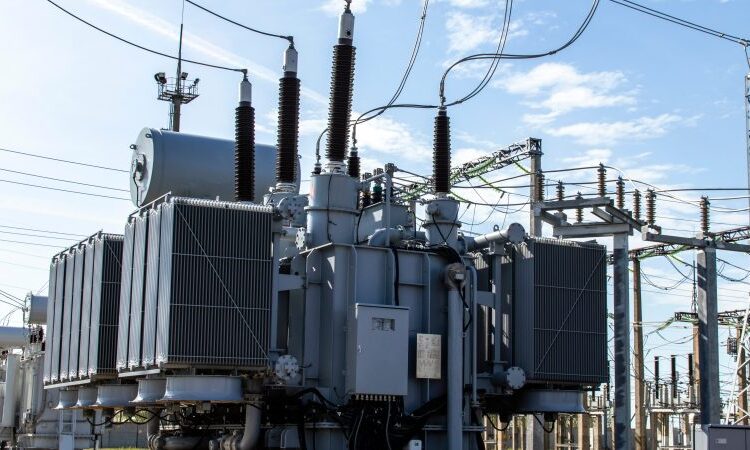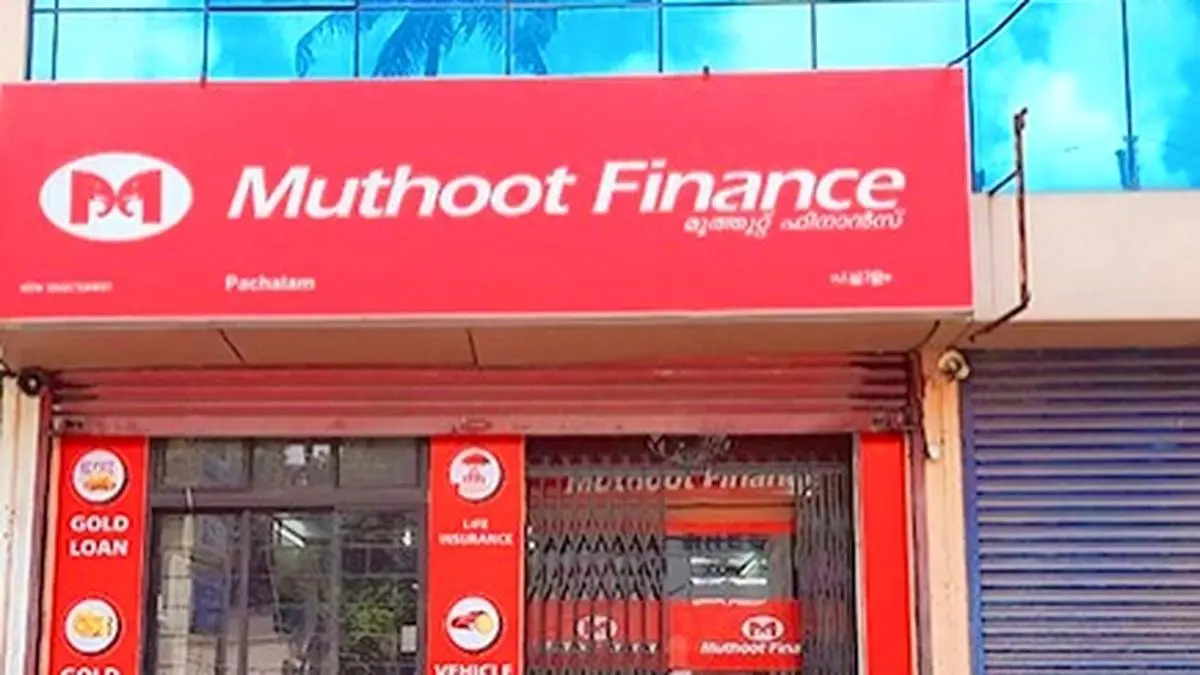European power industry association Eurelectric seeks longer-term planning and a reform of grid tariff rules to finance an anticipated €584 billion investment into the continent’s electricity grids by 2030.
This approach will require a change of laws and attitudes. “National regulators must transition to a forward-looking mindset and allow distribution system operators (DSOs) to proactively invest in the infrastructure needed for net-zero,” Eurelectric secretary-general Kristian Ruby said in an interview with Euractiv.
He cited the established practice of creating three-year grid development plans, which he considers “inefficient” given that this time horizon does not line up with longer-term targets.
Europe’s energy transition is particularly challenging for distribution system operators, who channel power locally to consumers and other end users. Electric vehicles and heat pumps are expected to create significant new demand for power, which must be met by local distribution systems.
Ruby voiced concern that the long-term perspective was not receiving enough attention.
“We need to find new ways to incentivise this long-term approach,” he said, adding that greater alignment between member states’ longer-term energy and climate plans (known as NECPs in Brussels) and their grid plans would be the first step.
More joined-up planning would reduce the risk that grid bottlenecks delay the roll-out of heat pumps or electric vehicles.
Anticipatory investment and grid tariff rules
Anticipatory investment means building an asset that may be under-utilised in the short term but is justified in the long term as power demand grows, the association said.
However, Eurelectric identified current grid tariff rules as a barrier to anticipatory investment.
Grid investments are regulated, as they have a large impact on the tariffs paid by consumers. Regulators may be reluctant to approve investment in infrastructure which is initially underused, as this could increase grid tariffs significantly.
Eurelectric called for new guidelines for European energy regulator ACER and its national counterparts, which “allow and incentivise anticipatory investment.” This would entail the removal of regulatory caps on system operators’ investments.
Ruby also called for additional funds for grid investments in the EU’s next long-term budget.
Parallels with the future hydrogen network
The power industry is not the only party grappling with the implications of greater grid investment.
Germany’s Minister of Economy and Climate Action Robert Habeck told weekly Die Zeit that given the need for increased grid investments, consumers and companies would need to be protected from a consequential increase in grid feeds.
“To this end, the German government is examining a type of ‘amortisation account’, as is intended for the planned hydrogen network. What this could look like is currently being examined,” a ministry spokesperson told Euractiv.
This approach aims to even out hydrogen network fees between 2025 and 2055, to avoid overburdening early network users.
[Edited by Alice Taylor / Donagh Cagney]


















